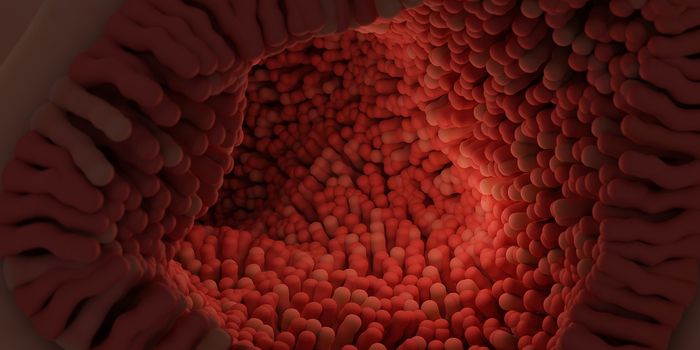In the words of C.S. Lewis, “Pain insists upon being attended to.” This is especially true for patients suffering from chronic pain, lasting over 12 weeks. In developed countries, pain is the most common medical reason that drives people to visit their doctor’s office. The biology of pain is incredibly complex and despite intense research into pharmaceutical interventions to alleviate it, much has yet to be learned about how different tissue systems influence the distressing sensation.
In the context of chronic pain, the brain continues to receive pain signals, long after an injury or trauma to the body has healed. Inflammation of peripheral nerves have been linked to the onset of chronic pain, a process that involves the effects of multiple inflammatory cells and the protein signals they secrete, known as cytokines.
Researchers have recently identified that one particular cytokine, called interleukin-4 (IL-4), recruits immune cells to the site of inflammation, triggering the release of endogenous pain-relieving opioids that results in long term pain relief.
The research team from the Charité-Universitätsmedizin Berlin studied the relationship between IL-4 and pain relief using an animal model of sciatica. Injections of IL-4 into tissue surrounding an inflamed nerve was found to have a temporary analgesic effect, lasting for a few minutes. Recurrent daily IL-4 injections, on the other hand, induced the recruitment of M2 macrophages, large white blood cells that “eat” pathogens and dead cells at the site of inflammation. The scientists, led by Halina Machelska from Charité's Department of Experimental Anesthesiology, also discovered a lesser-known role that macrophages play — relieving pain. In their experiments, macrophages had a surprising effect of providing longer term pain relief, lasting up to eight days, even after the injections were stopped.
Upon deeper analysis, macrophages isolated from the site of IL-4 injections were observed to secrete various opioids including endorphins, enkephalin and dynorphin. These chemicals interact with opioid receptors, acting similarly to drugs such as morphine and codeine.
The researchers believe that these findings have implications in a wide variety of conditions, including cancer, arthritis and neurodegenerative diseases. According to Machelska, "As these analgesic effects occur at the peripheral nerves, outside the brain, it is possible to prevent undesirable side effects such as sedation, nausea and addiction. These findings may offer new perspectives in our endeavors to develop alternative pain management options for patients."
Sources: EurekAlert, JCI.








